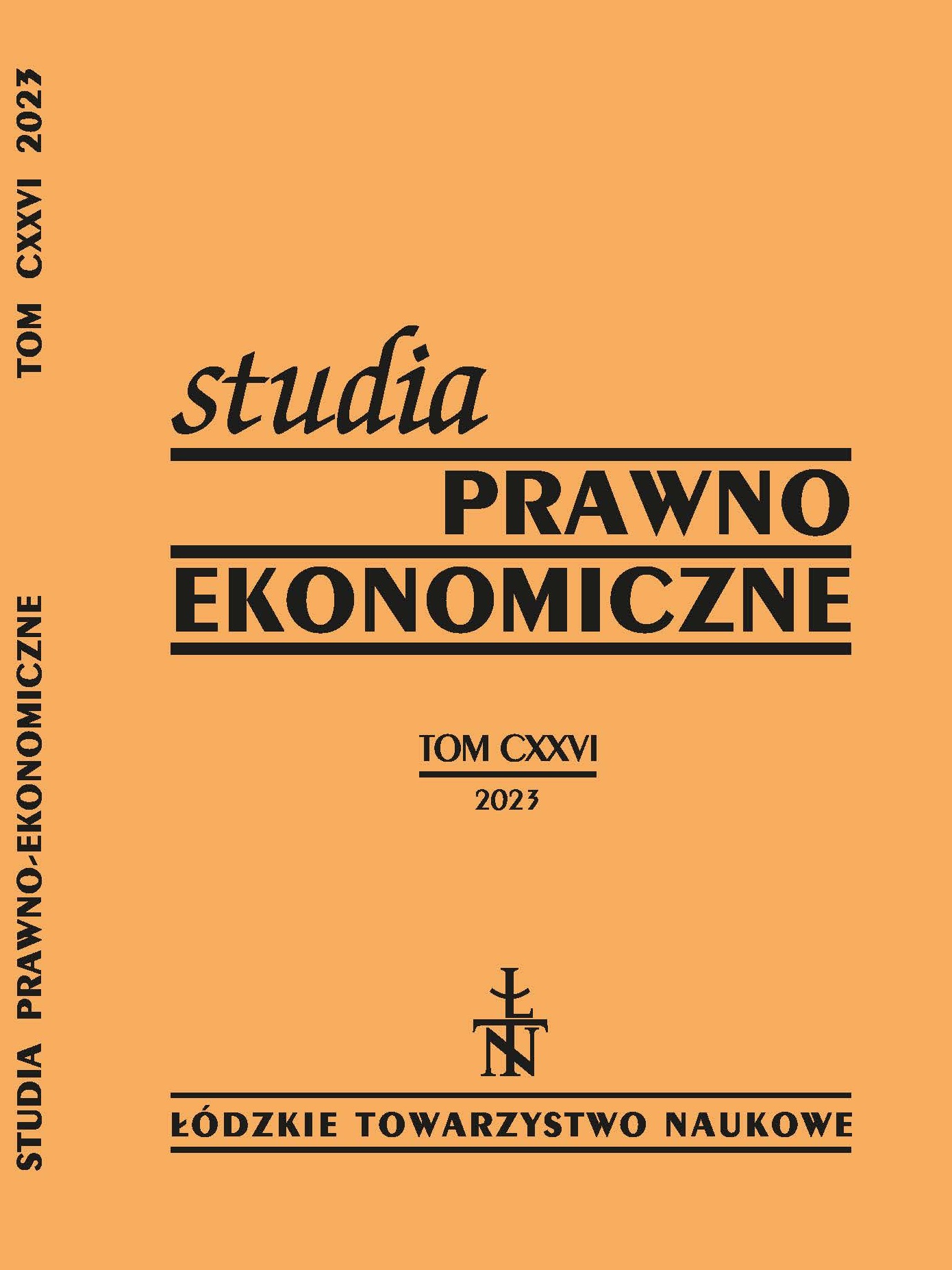Common stochastic features and their economic interpretation
DOI:
https://doi.org/10.26485/SPE/2023/126/6Keywords:
cointegration, co-autocorrelation, equilibrium and adjustment mechanisms, shocks.Abstract
Background: Cointegration analysis has been part of the research literature for almost 40 years. However, other common features that cause disequilibrium of economic categories have so far attracted less attention. This leads to an interesting question about the degree to which studies in the alternative fields are substitutive or complementary, and what conditions must be met in order to undertake the appropriate analysis (cointegration, co-cyclical, co-autocorrelation or other, less frequently discussed co-behaviors) is purposeful.
Research purpose: The purpose of this paper is the comparison of different types of common stochastic behaviors. The type of common factors and the resulting analysis of movements that should be chosen, naturally depends on the time horizon, which can be long, medium, or short, but a reliable study should not ignore any of these perspectives. This study tries to demonstrate that the key role in this choice is played by the reduced rank of the most important matrices that occur in the appropriate VAR model representations or the isomorphic representations thereof. Another research goal was to show that the above-mentioned analyses of stochastic co-movements are largely complementary.
Methods: Multidimensional dynamic econometrics based on VAR models was selected for the study because it contains tools that enable the different methods of analyzing common behaviors to be analyzed. Possible combinations of full and reduced cointegrating matrix ranks and the medium- and long-run relationships matrices were considered and economically interpreted. Relationships between the matrices have been identified, and the iterative mechanism that causes the system to return to equilibrium is described.
Conclusions: The study confirms that the analyzed investigations on common dominant components were essentially complementary. Extending the analysis to seasonal cointegration or deterministic co-trending would allow substitutive elements to be revealed. For example, a cointegration analysis using a relatively short time horizon is an alternative to co-trending (the stochastic trend expires only in a very long perspective), and an analysis that considers a more integrated process could be an alternative to co-deterministic cyclical analysis.
Downloads
References
Banerjee A., Dolado J.J., Galbraith J.W., Hendry D.F., Co-integration, Error Correction and the Econometric Analysis of Non-stationary Data, Oxford University Press, Oxford 1993.
Beveridge S., Nelson Ch., A new approach to decomposition of economic time series into permanent and transitory components with particular attention to measurement of the ‘business cycle’, North–Holland Publishing Company, Journal of Monetary Economics 1981/7/, pp. 151–174.
Cubadda G., Common Serial Correlation and Common Business Cycles: A Caution Note, Empirical Economics 1999/24/3, pp. 529–535.
Engle R.F., Granger C.W.J., Cointegration and Error Correction: Representation, Estimation and Testing, Econometrica 1987/55, pp. 251–276.
Engle R.F., Kozicki S., Testing for Common Features, Journal of Business & Economic Statistics 1993/11/4, pp. 369–380.
Gregoir S., Laroque G., Multivariate Time Series: A Polynomial Error Correction Representation Theorem, Econometric Theory 1993/9/3, pp. 329–342.
Hamilton J.D., Time Series Analysis, Princeton University Press, Princeton 1994.
Hecq A., Palm F., Urbain J.-P., Common Cyclical Features Analysis in VAR Models with Cointegration, Journal of Econometrics 2006/132 (1), pp. 117–141.
Hecq A., Palm F., Urbain J.-P., Separation, Weak Exogeneity, and P–T Decomposition in Cointegrated VAR Systems with Common Features, Econometric Reviews 2002/21 (3), pp. 273–307.
Johansen S., Likelihood-Based Inference in Cointegrated Vector Autoregressive Models, Oxford University Press, Oxford 1995.
Johansen S., Statistical Analysis of Cointegration Vectors, Journal of Economic Dynamics and Control 1988/12, pp. 231–254.
Juselius K., Cointegrated VAR Model. Methodology and Applications, Oxford University Press, Oxford 2006.
Majsterek M., Cointegration Analysis in the Case of I(2) – General Overview, Central European Journal of Economic Modelling and Econometrics 2012/4/4, pp. 215–252.
Majsterek M., Zasoby i strumienie w kontekście analizy kointegracyjnej, Studia Prawno-Ekonomiczne 2020/CXIV, pp. 273–293.
Paruolo P., Common Trends and Cycles in I(2) VAR Systems, Journal of Econometrics 2006/132, pp. 143–168.
Stock J.H., Asymptotic Properties of Least-Squares Estimators of Co-integrating Vectors, Econometrica 1987/55, pp. 1035–1056.
Vahid F., Engle R.F., Common Trends and Common Cycles, Journal of Applied Econometrics 1993/8/4, pp. 341–360.
Wróblewska J., Analiza modelu realnego cyklu koniunkturalnego z wykorzystaniem bayesowskich modeli typu VEC, Przegląd Statystyczny 2017/LXIV/4, pp. 357–372.
Wróblewska J., Bayesian Analysis of Weak Form Polynomial Reduced Rank Structures in VEC Models, Central European Journal of Economic Modelling and Econometrics 2012/4/4, pp. 253–267.



